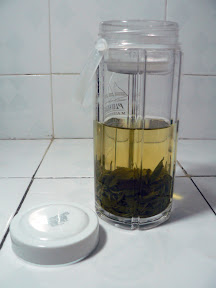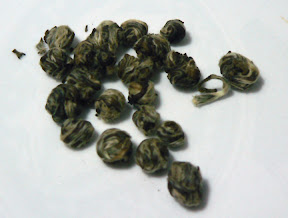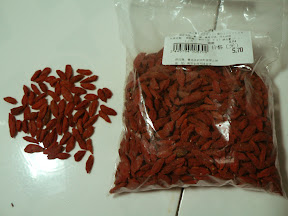Fuzi Miao
Fuzi Miao, the old Confucious temple, is now a shopping area and great tourist destination near the centre of Nanjing. Fuzi Miao has three official entrances, each of which is marked by a large heavily ornamented oriental-style wooden gate. It's quite a sprawling area and there are many other ways in, but these are the big ones.
| Fuzi Miao gate 1 |
| Fuzi Miao gate 2 |
| Fuzi Miao gate #3 |
Finding new parts of Fuzi Miao seems to be a constant process. There are many opportunities for side alleys to become populated with vendors selling silks, jade stamps, delicious food, chinese clothing, antiques, a cheap pashmina, and so on. You can also easily find all the tourist items - moonstones, cheap jade, little ceramic cicadas that make a constant noise - there was a craze a couple of months ago for these oval-shaped magnets that made a weird noise when thrown together. The whole place is a meandering maze of small roads, shop stands, and people selling almost anything. Along the major roads - that attach directly to the gates - you'll mainly find commerical shops, in a building, with glass windows. The further away you get from these, the less touristy and more interesting the shops become. There are two side streets on either side of the main entrance to the Confucious Temple that both go to intresting places, full of fascinating old shops and unique goods.
One thing shopkeepers love to do is employ somebody to stand at the entrance to their shop and clap - not just in Fuzi Miao, but everywhere. Some clappers look decidedly dejected at having such a boring job, while others have particularly high voices that they seem to love yelling with, while merrily clapping away, to get potential shoppers' attention.
There's even an underground part, full of bright lights, and all kinds of shops. You can find an antique comeputer games market, selling original Sega master systems and games, or nail-painters, who will do all kinds of beautiful things to your nails for bargain prices. Often the floor has neon lights built in here. The underground part spans maybe a third of Fuzi Miao, and has many entrances. It's a bit like a rabbit warren and it took me six weeks to work out that it all connected up - explore every corner!
| Underground electronics shop |
Shops selling either jade name stamps, silk clothing, wall hanging scrolls or wooden carvings are very common, and the shopkeepers will yell "Hello" at anyone with pale skin that walks past, to get your attention. Often the selection is fairly mundane and very overpriced. There's a wall hanging in the living room that was marked at 210RMB, and purchased at 30RMB. The name stamps are also overpriced but if you can find a skilled worker and get into the back part of their shop, then you'll see some stunning pieces of workmanship, with all kinds of dioramas and creatures carved in high quality stone. Prices can go as high as you like, but it worth browsing just to see the amazing stonework.
Aside from the temple, there's a place where you can get boat rides at almost any time of day, along one of Nanjing's rivers (which are mainly tributaries and offshoots of the Yangtze). The scene is beautifully lit at night and definitely worth seeing, although there's usually such a queue for boats that I've not been on one yet!
| Gate to the river in Fuzi Miao |
| Fuzi Miao boat rides |
Transport around Fuzi Miao is best done on foot, though you will find a bunch of dudes dressed in yellow silks who are very, very keen to take you on their rickshaws (just look at their faces!). They can be found just by the Confucious Temple.
| Fuzi Miao rickshaw drivers |








